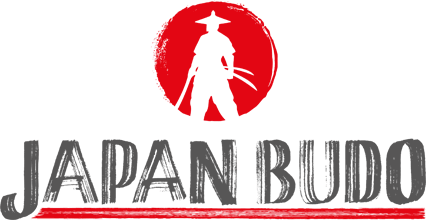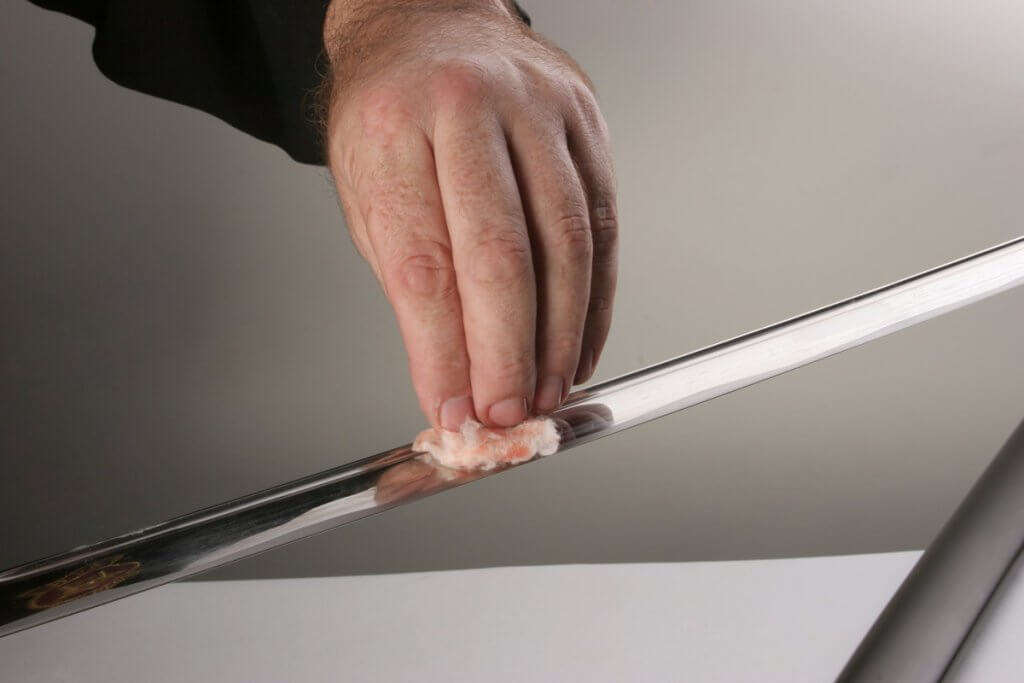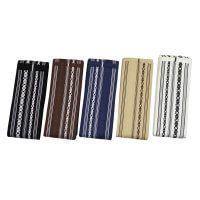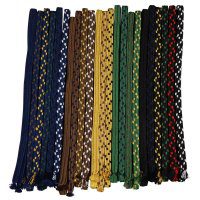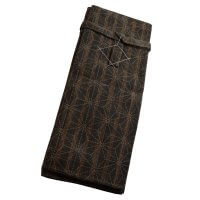Iaito are training swords in the style of a classic katana. However, there are significant differences to the care of a normal katana. Samurai sword. In this article we explain why and what care is appropriate for training swords from Japan.
Why no classic samurai sword care for Iaito?
Japanese training swords are similar to real samurai swords, but the two swords are not completely identical. This results in different treatment.
Classic samurai sword care on a katana focuses on protecting the steel blade from rust.
Iaito have blade made of zinc-Aluminium. This alloy contains no iron and does not rust. Therefore, these blades do not need any protection against rust.
Iaito care Differences to classic sword care
As the blade does not need to be protected against rust, there are significant differences to the care of a real Japanese sword.
The handle should not be removed from the Iaito without good reason. The handle of a normal sword is removed at the beginning in order to maintain the area under the Habaki element and protect it from rust. As this is not necessary with the training sword with aluminium blade, the handle should not be removed.
After removing and refitting the handle, it may no longer fit 100%ig. For this reason, Iaito only removes the handle if it needs to be replaced with a new one.
The aluminium blade of the training sword does not need to be oiled. An important step in normal samurai sword care is oiling the blade. For reasons of rust protection, this is not necessary with Iaito. If desired, the blade can of course still be oiled, but it is not necessary.
Uchiko is not intended for Iaito blades. The powder that can be used in normal samurai sword care to treat the blade should not be used on Iaito. It can affect the appearance of the blade surface.
What care is appropriate for Iaito
Spirit or alcohol for the blade
If the blade of such swords is dirty, it can easily be cleaned with spirit or pure alcohol.
Oil the blade
Oiling the blade is optional. But the Maintenance oil for sword care is still applied to the blade by many practitioners. The oil smells pleasantly of cloves and gives the feeling of a real sword.
Keep the scabbard clean
It is not necessarily a real maintenance step, but keeping the sword sheath (saya) clean helps.
Removing dirt can quickly lead to scratches on the scabbard afterwards.
If the scabbard does need to be cleaned, we recommend using a soft cotton cloth.
Use Kouguchi Kun
Just like the previous tip, this is more of a general tip than a maintenance step.
Koiguchi Kun protect the sword permanently because they prevent the usual wearing out of the opening of the saya.
Typical repairs to Iaito
In addition to maintenance, there are a few repair jobs on Iaito that are not common on normal katana.
Customise saya opening
As the opening of the scabbard loses material over time, it may be necessary to attach thin wood to the inside in order to restore the old accuracy of fit.
Swap saya
When practising sword drawing, damage occurs relatively quickly on the upper side, on the inside of the opening. If this damage is so advanced that the saya is irretrievably damaged, it must be replaced.
We offer a wide range of Saya in our online shop. An exchange is therefore no problem.
Replace grip tape
Over time, it may be necessary to replace the grip tape. However, you should not simply do this yourself, as the result will generally not be good if you have no experience in this area.
Insert additional Seppa
Over time, it is normal for training swords to develop play between the handle, seppa and tsuba.
If this is inconvenient and the gap is already larger, an additional seppa element can be used to close the gap.
